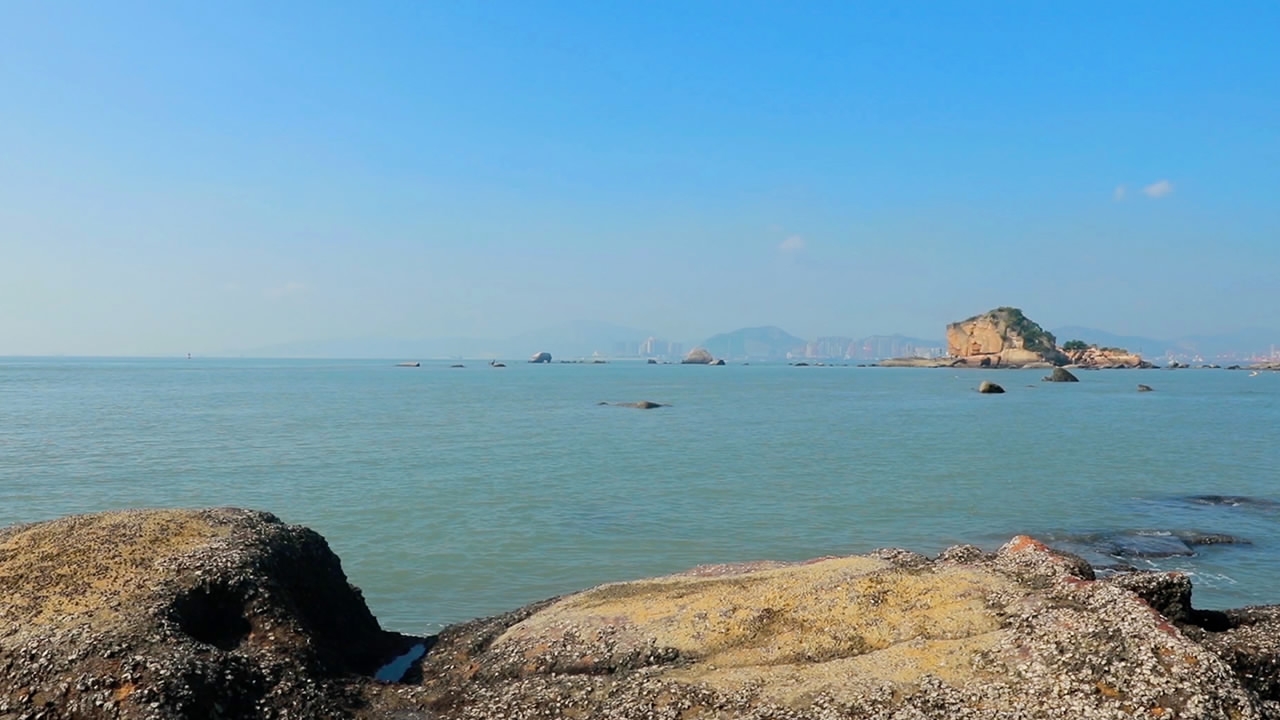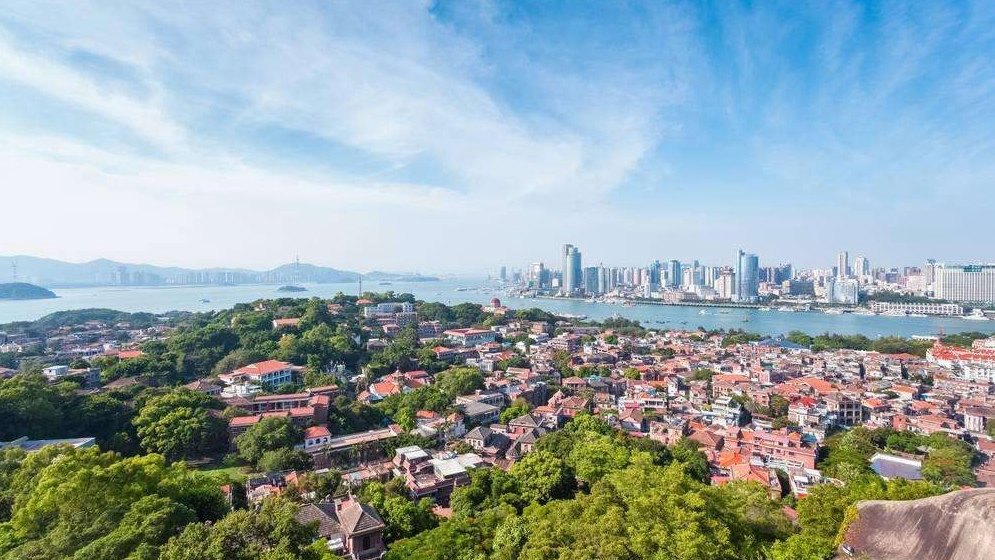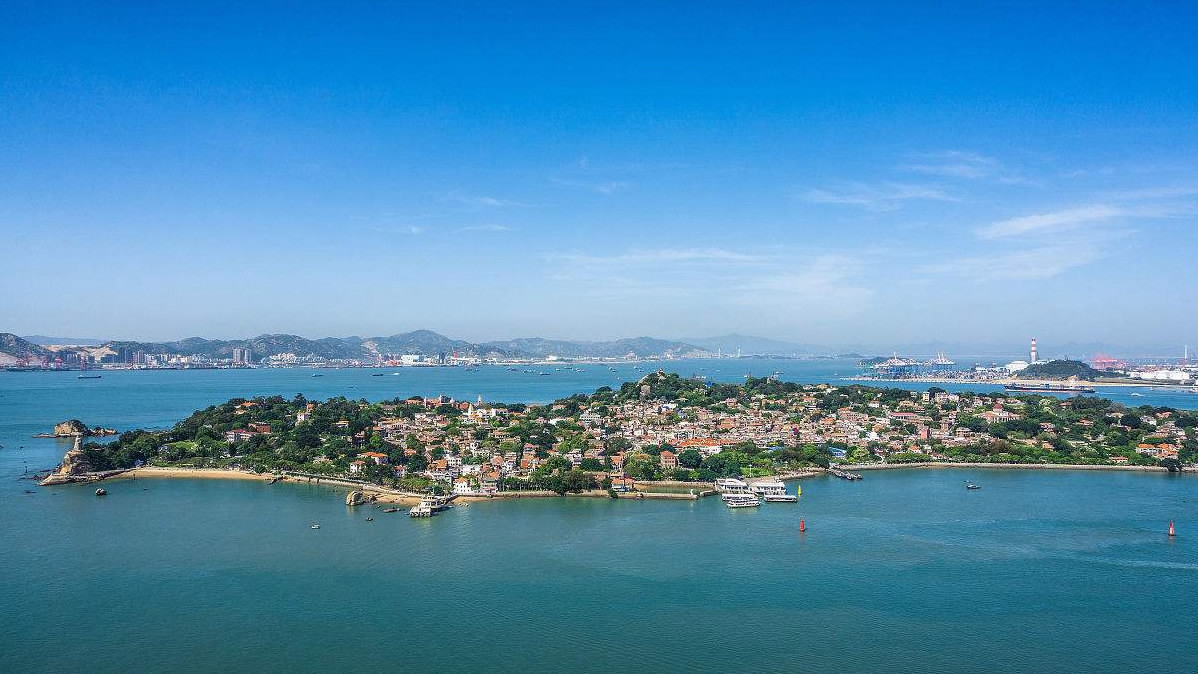
Culture
20:52, 30-Aug-2017
Explore Gulangyu: Multicultural island joins UNESCO World Heritage list
By CGTN's Zou Yun

In July this year, Gulangyu, a tiny island off the coast of Xiamen, was included on the UNESCO World Heritage list. What's so special about this island, and how has this former international settlement evolved into a multicultural hub?
Gulangyu, or Kulangsu, is the literal translation of the Chinese name for drum, wave and islet. The name originated from the sound made by waves when they pound a reef, creating a drum-like sound.
It's a tiny island, only two square kilometers. But, it receives more than a million visitors each year.

Scenery on Gulangyu Island. /VCG Photo
Scenery on Gulangyu Island. /VCG Photo
The island is famous for its landscape and beautiful scenery. The sky, the surrounding sea and lush trees combine with the winding streets to give the island a romantic and elegant flavor.
Gulangyu is also known as "Piano Island." Today, it has one of the highest piano ownership rates in all of China, with nearly 600 pianos on the island. And that explains why the air and streets are filled with warming melodies.
But the most fascinating thing about this island goes beyond natural beauty and music. It is the distinctive culture that makes it even more special.

Scenery on Gulangyu Island. /VCG Photo
Scenery on Gulangyu Island. /VCG Photo
Previously a colony used by Western countries for nearly a century, the island has 931 well-preserved historical buildings from the colonial era, covering a range of local and international styles.
Gulangyu is unique in its multicultural integration, where the east meets the west, and where history meets the present. Gulangyu's culture goes beyond borders, and this is perfectly in line with what the BRICS is pursuing: respecting differences, and forming a harmonious mixture across all member countries.
1728km

SITEMAP
Copyright © 2018 CGTN. Beijing ICP prepared NO.16065310-3
Copyright © 2018 CGTN. Beijing ICP prepared NO.16065310-3